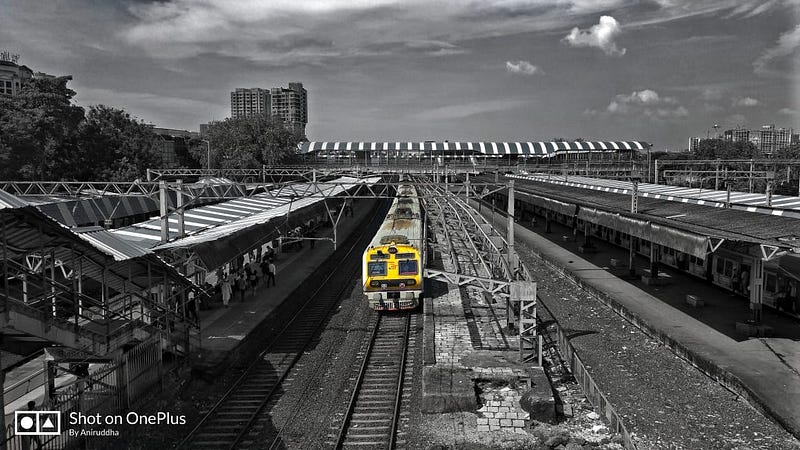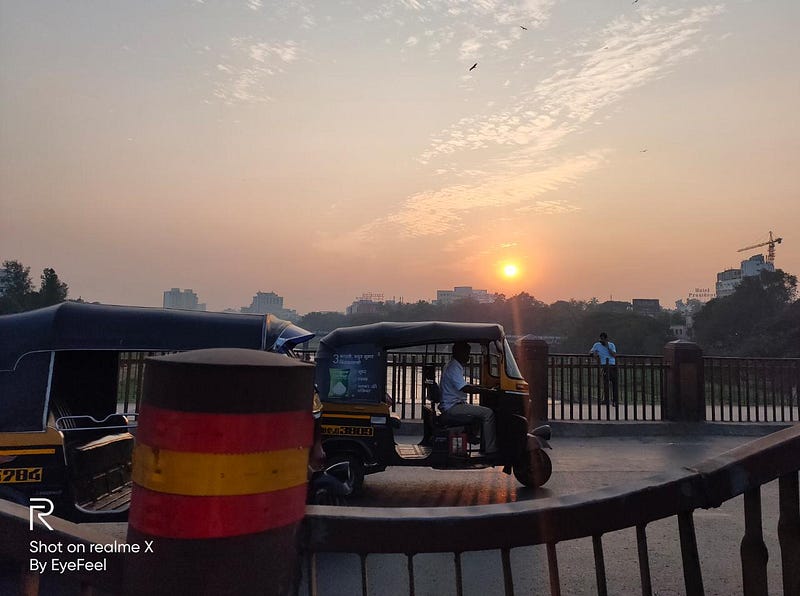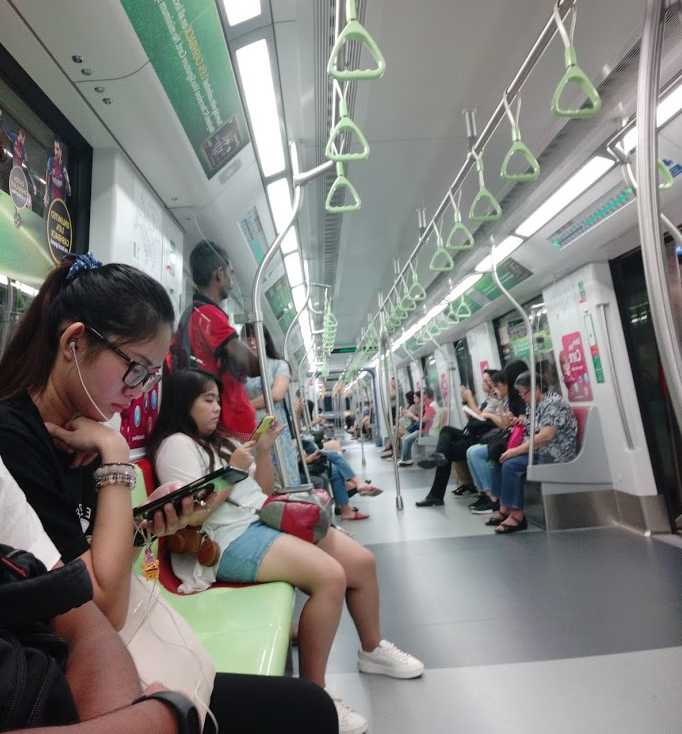How a simple bus ride made me feel proud to be an Indian
The story of public transportation in two nations

The story of public transportation in two nations
A few days back, I was watching an episode of Patriot Act with Hasan Minhaj on Netflix where he talks about how public transportation is unreliable in the United States and how it is a huge pain for citizens to travel by trains or buses in pretty much every state. Trains suffer from frequent delays, cancellations, and sometimes, they don’t even turn up, leaving the people who don’t own cars stranded on their way to work.
This got me thinking: I live in India and I don’t have my own vehicle. In spite of that, barring a few occasional delays and cancellations, I have never felt that public transportation is unreliable in my country. Here is a story about the three cities I have lived in:
Case 1: Silchar — the ubiquitous auto-rickshaw
I work in Silchar — a small town in Assam, one of the North-eastern states of the country. The public transport system here consists mainly of auto-rickshaws — those yellow-black three-wheelers that can seat up to 5 passengers and will take you to any corner of the city for a maximum of 35 bucks. They are cheap, safe (especially for women), and can be flagged down anywhere in the city within just a couple of minutes of wait-time. Also, they start running at about 6 AM and continue till after 11:30 PM — making them convenient for office-goers as well as late-night party hoppers. In other words, the public transportation system meets the demands of the residents perfectly.

Case 2: Guwahati — the ever-reliable “city-bus”
I studied for two years in Guwahati, the state capital of Assam. Here, buses (or “city-buses”, as the locals fondly refer to) are the backbone of the public transport system. According to a report by the District Transport Office, there are 669 buses that ply on 25 routes covering the breadth of the Guwahati city. Depending on the demand, these buses run at 10–15 minute intervals, with more buses dedicated to routes with heavier passenger influx. The best part about these city-buses is the fare, with ticket prices starting as low as INR 7 for up to 3 kilometers even for air-conditioned rides.
Apart from the buses, Guwahati also has a network of trekkers, cycle-rickshaws, and auto-rickshaws that run round the clock and operate on fairly cheap prices. In addition, of course, there are the app-based taxi rides which are expensive, but safe, especially during the wee hours.
In all the time I spent as a student in Guwahati, I never felt I got late because of the buses. They were always on time didn’t fail to make me feel safe. One drawback is that these buses are always filled to overflowing with passengers, leaving no room for newcomers to sit. However, at just INR 7, I think this is more than one can expect.

Case 3: New Delhi — the people’s favourite Metro
If you are from New Delhi (or you know anyone from the nation’s capital), you’ll not be surprised at the love-hate relationship the locals have with the Delhi Metro. There are complaints that the trains are always too crowded; there are complaints that women have reserved seats while men do not; but the fact remains that Delhi Metro provides a cheap, safe, fast, and reliable way for passengers to cover the entirety of the city within mere minutes.
My experience in the Delhi Metro has been largely positive. As for the crowds, well, these trains cater to an average daily ridership of 22.85 lakh people. With that heavy a demand, chock-full compartments are to be expected.

India is a developing country.
We Indians are always in a rush. It makes us swear in the choicest expletives if we don’t get to reach our destination in the shortest possible duration. Also, most of us Indians don’t own our own vehicles. That’s why, it is imperative to have a good and reliable public transport system. And that is why, Minhaj’s revelation that public transportation in the United States is terrible came as a shock.
Who would have thought that a mere bus ride would make me feel proud to be an Indian?
The world, as they say, is full of surprises.
